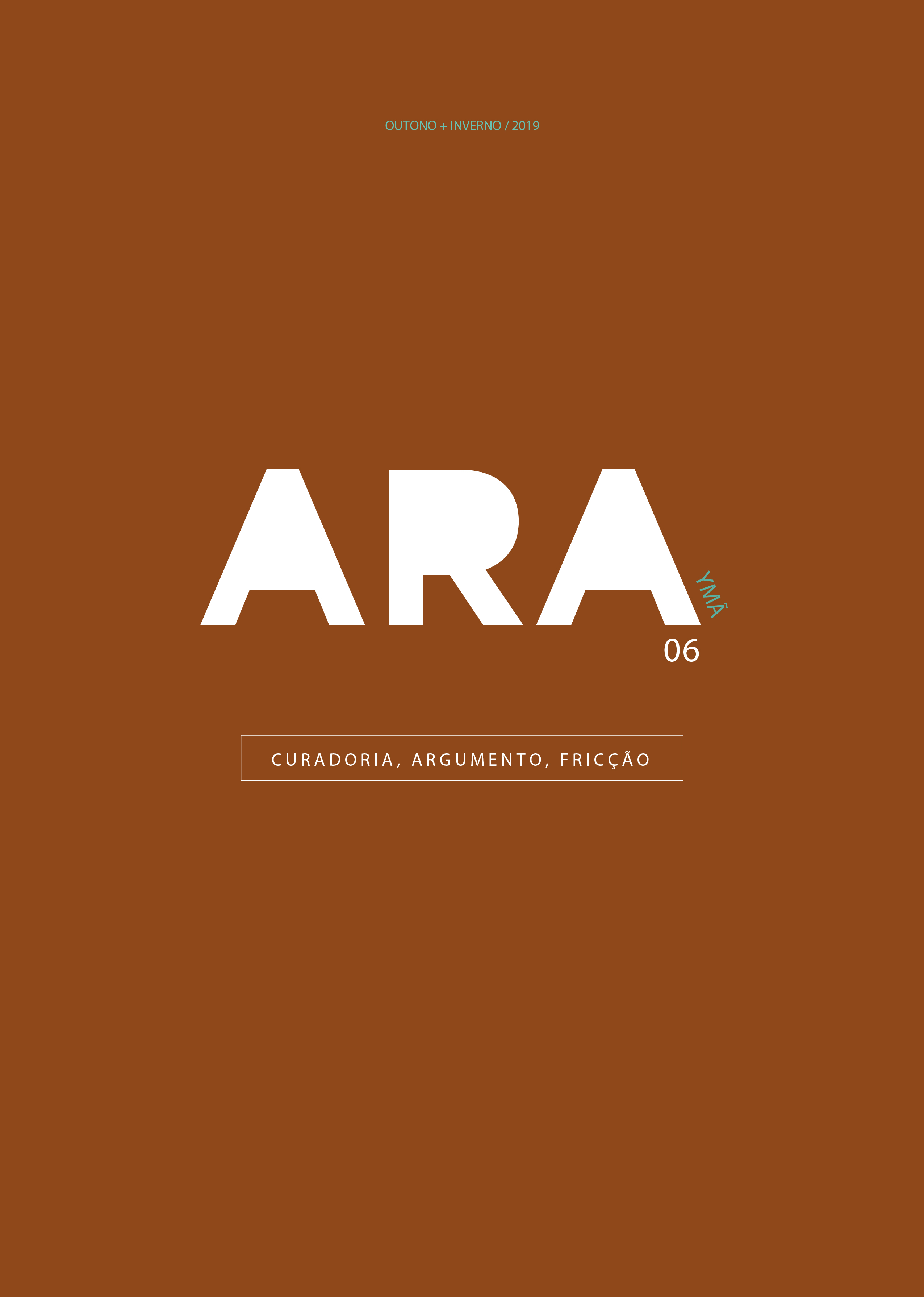Um diplomata-curador para um palácio-museu
Wladimir Murtinho e o Itamaraty em Brasília
DOI:
https://doi.org/10.11606/issn.2525-8354.v6i6p195-228Palavras-chave:
Palácio itamaraty, Brasília, Wladimir Murtinho, síntese das artes, arte modernaResumo
A relação entre a arte e arquitetura, a chamada síntese das artes, será uma das características da arquitetura moderna brasileira como elemento de projeto – materializado em painéis, murais esculturas e jardins – tanto no interior de edifícios quanto em suas fachadas e em espaços públicos. A cidade de Brasília tem na relação das obras de arte integradas uma tônica fundamental para a constituição da imagem da cidade. Ao se analisar a atuação dos artistas na construção da cidade de Brasília, a partir dos anos 1950, predomina a presença de obras a partir de um circuito de profissionais envolvidos bastante limitado, em relação direta ao meio de arquitetura moderna carioca, principalmente o de Oscar Niemeyer.
É em contraposição a essa pretendida síntese das artes ancorada em um único grupo que surge o Palácio Itamaraty. A partir deste objeto peculiar, esta pesquisa irá debater a ação do diplomata Wladimir Murtinho e a escolha das obras de arte integradas no Palácio em Brasília, desafiando a visão dominante de um único movimento de arte e arquitetura representativos do moderno nacional.
Downloads
Downloads
Publicado
Edição
Seção
Licença
Autores que publicam nesta revista concordam com os seguintes termos:
- Os autores mantêm os direitos autorais e concedem à revista o direito de primeira publicação, com o trabalho simultaneamente licenciado sob a Licença CreativeCommonsAttribution CC-BY que permite o compartilhamento do trabalho com reconhecimento da autoria e publicação inicial nesta revista.
- Os autores têm autorização para assumir contratos adicionais separadamente, para distribuição não exclusiva da versão do trabalho publicada nesta revista (ex.: publicar em repositório institucional ou como capítulo de livro), com reconhecimento de autoria e publicação inicial nesta revista.
- Os autores têm permissão e são estimulados a publicar e distribuir seu trabalho on-line (ex.: em repositórios institucionais ou na sua página pessoal) a qualquer ponto antes ou durante o processo editorial, já que isso pode gerar alterações produtivas, bem como aumentar o impacto e a citação do trabalho publicado (Veja O Efeito do Acesso Livre).


